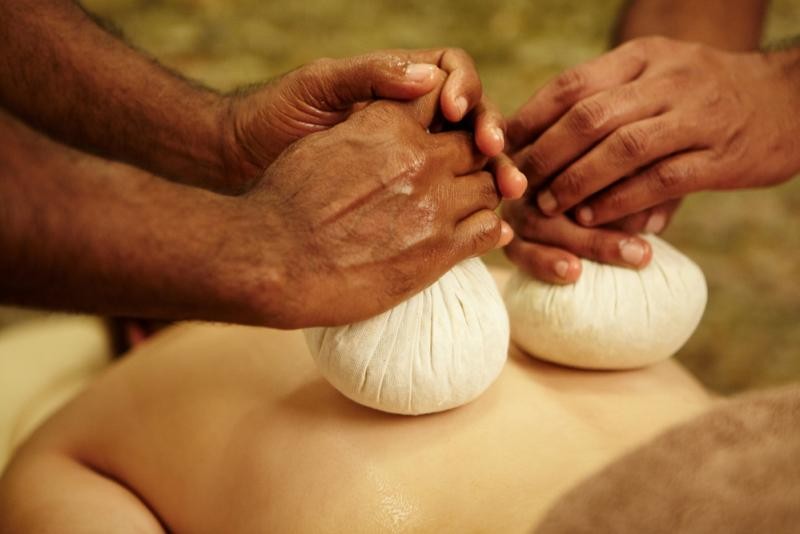Gastroesophageal Reflux Disease (GERD) or Acidity as its commonly called. It is a chronic digestive disorder where acids in the stomach or, occasionally stomach contents, flow back into the food pipe (oesophagus). A valve called the Lower oesophagal sphincter opens between your throat and stomach to allow food and liquids to enter the stomach. If the lid doesn’t close all the way, or if it opens too often, stomach acid can move up into your oesophagus, causing Gastroesophageal reflux disease (GERD).
Symptoms of GERD
- Burning sensation in the chest
- Sour belching.
- Nausea
- Regurgitation of food or sour substance
- Gaseous distention of abdomen
- Heaviness in abdomen
- Indigestion.
- Aversion towards food.
- Pain in the stomach.
- Severe burning sensation over feet and hand
- Mouth ulcer
- Fatigue (especially in legs)
- Tiredness
Preventing ‘GERD’ – the ayurvedic way
“Prevention is better than cure”- We have all heard this phrase. So, avoid all the causative factors of acid disorder.
- Avoid excessive salty, oily, sour and spicy foods
- Avoid cumbersome and untimely food
- Avoid smoking and alcohol intake
- Include barley, wheat, old rice and green gram in the diet.
- Avoid overcooked, stale and contaminated food.
- Cook food thoroughly before consuming.
- Follow relaxation techniques
Medical management
- Avoid inducive causes
- Palliative treatment – Since the disease is of Pitta origin, measures are taken to pacify pitta.
- When oral medications don’t work, ‘Panchakarma procedures’ like Vamana (emesis) or virechana (purgation)is administered.
Some important roots helpful in Amlapitta
- Shatavari – 2-3 gm twice a day with milk
- Yashtimadhu – 3-4 gm twice a day with milk
- Amalaki (Indian gooseberry) – 2 gm twice a day with water
- Sunthi (dry ginger) – 1- 3 gm twice a day with water
Do’s (Pathya)
- Eat on time
- Light food, Coconut water, food having cooling properties
- Vegetables like white pumpkin, bitter gourd, matured ash gourd, leafy vegetables except for fenugreek leaves
- Wheat, old rice, barley, green gram, sugar candy, cucumber,
- Fruits like gooseberry, dry grapes, black grapes, sweet lime, pomegranate, fig, dry fig,
- Take adequate amount of fluids like pomegranate juice, lemon juice, amla juice, sweet lime juice,
- A cup of lukewarm milk every two to three hours.
- Have one teaspoonful of ghee with warm milk
- Take adequate sleep & rest
- Practice Yoga, Pranayam, meditation & exercise regularly
Don’ts (Apathya)
- Avoid excessively spicy, sour and salty foods
- Avoid fried and junk foods
- Do not remain hungry. Avoid fast.
- Do not overeat, take small frequent meals
- Avoid untimely and irregular food habits
- Avoid foods containing an excess amount of garlic, salt, or oil
- Avoid lying down immediately after eating
- Avoid, smoking, alcohol, tea, coffee and aspirin type of drugs.
- Avoid stress
It is not difficult to control GERD, provided the instructions given by the Ayurvedic Vaid [Doctor] are pursued, correctly.
Let’s consult the expert—
Visit ‘The Madras Institute of Ayurveda’ to experience the real authentic Ayurvedic treatment.
Authentic Ayurvedic treatment from hip pain treatment to the management of paralysis is available in the heart of Chennai city. An ambience of greenery offers comfort and therapy, crafted with maximum care to promote holistic healing. So, log on to www.miayurveda.org for any further questions.











